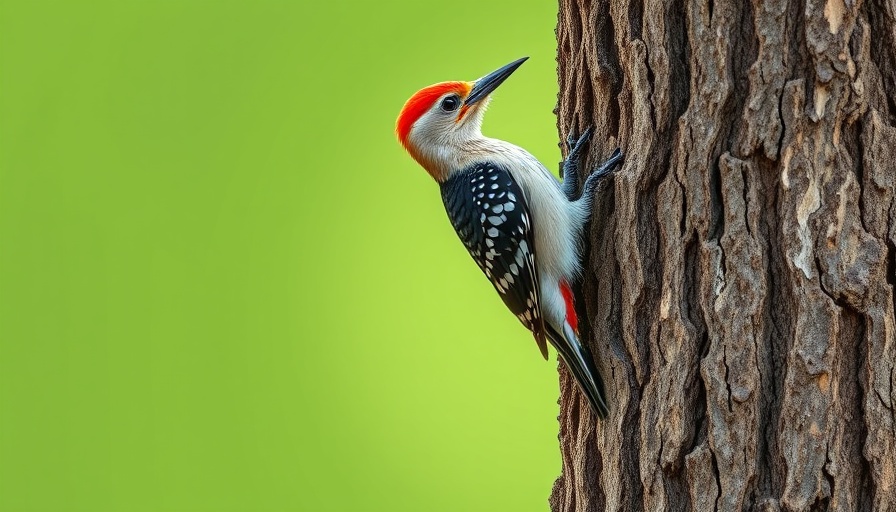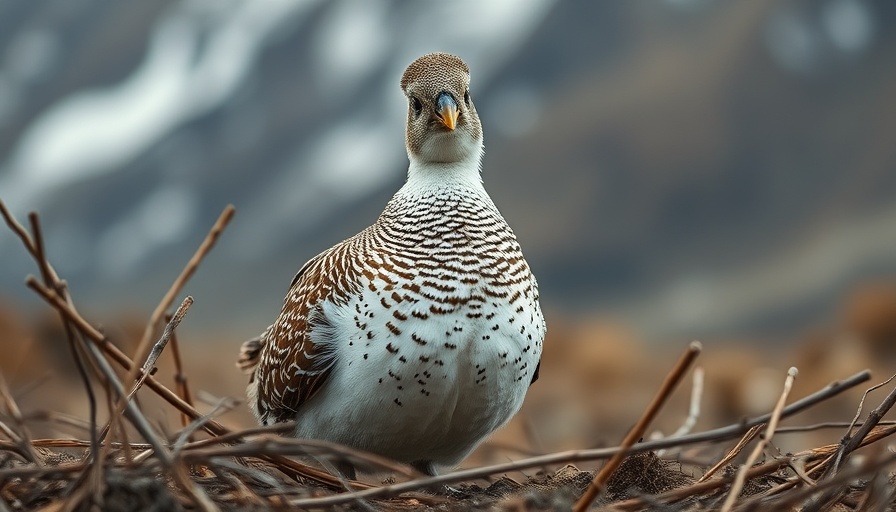
Highways: Unexpected Havens for Hawks
The evolution of our road systems has surprisingly benefited wildlife, particularly hawks. Historically linked to the automobile-centric ethos of America, the interstate highway system, initiated by the Eisenhower Administration in 1956, carved its way through the landscapes, sparking not just transportation advancements but unique ecological opportunities.
Grassy Borders: A Habitat Bonus
With the establishment of over 41,000 miles of highways, planners included grassy borders. This feature was designed with aesthetic and functional intentions but has resulted in a flourishing ecosystem. Red-tailed Hawks, attracted by small mammals such as voles, have made these verdant patches along highways their hunting grounds. It’s an interesting synergy between infrastructure and nature — as humans pursue speed and efficiency, raptors find unexpected sustenance.
The Math Behind Highway Habitat
Let's break down the impact: if we consider an average grassy verge of 50 feet per side of a freeway, that amounts to approximately 12 acres of habitat for every mile. With nearly 47,000 miles of interstate in the U.S., we’re looking at around 881 square miles of green spaces. This substantial area illustrates how our roads double as channels of ecological support, leading to a surprising increase in bird populations.
Challenges Ahead: Balancing Progress and Preservation
While highways provide these habitats, challenges loom. The intermingling of wildlife with high-speed transport can lead to accidents that threaten both hawks and drivers. As we move forward in building infrastructure, it’s critical to consider wildlife corridors and education to mitigate these conflicts.
Future of the Hawk: A Call for Awareness
As the relationship between highways and wildlife continues to evolve, it’s essential to remain cognizant of the impact our transportation networks have on local ecosystems. Understanding how these interactions play out in nature can foster a greater appreciation for these stunning birds of prey and the environments in which they thrive, even amidst the asphalt jungles we’ve created.
 Add Row
Add Row  Add
Add 




Write A Comment